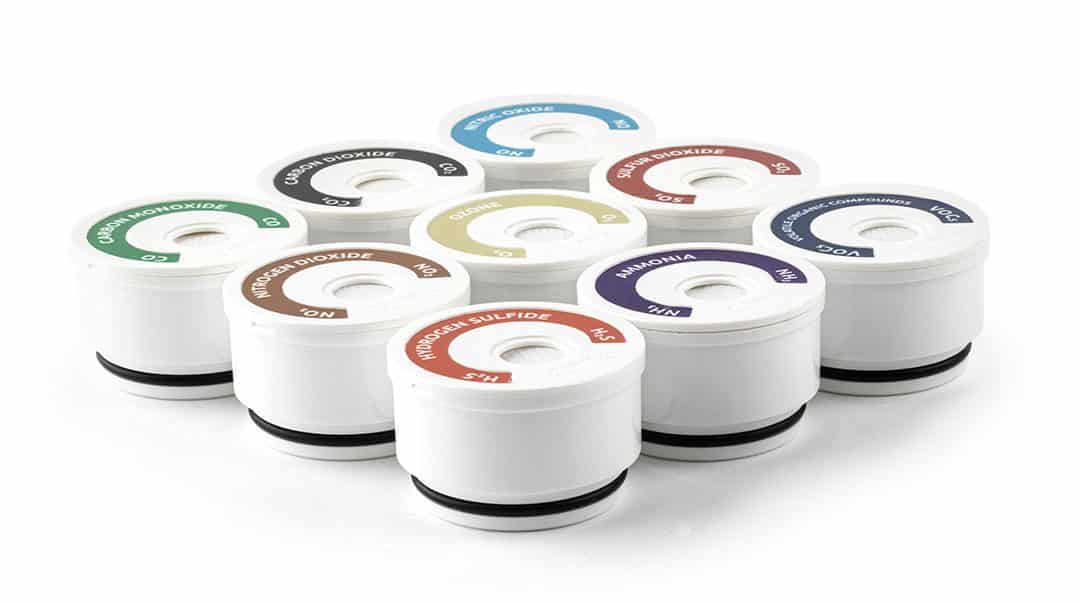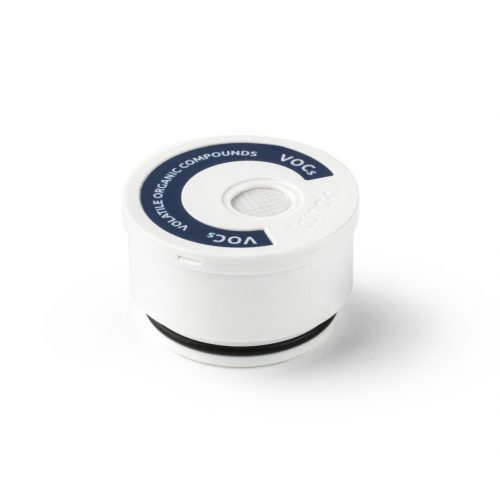
Volatile Organic


Where is it found?
Volatile Organic Compounds (VOCs) can be produced by fuel combustion (wood, coal, gasoline etc.) such as mobile sources and industries. They can be released to the atmosphere due to gasoline, paint, and solvents evaporation from above ground storage tanks. Another of the most important emission sources is biogenic, by vegetation natural release.
Why is it harmful?
Many VOCs are toxic and can cause cancer, mutations, and/or other serious health problems. One of the most harmful compounds is the benzene, which can cause leukaemia. Some of them contribute to ozone forma- tion with associated health effects, environmental and climate effects. Also, contribute to the formation of CO2 and secondary organic aerosols that can warm and cool the atmosphere, respectively.
VOCs cartridge
The Volatile Organic Compounds Cartridge has a built-in photoionization detector (PID) sensor provided with a 10.6 eV light energy source to measure accurately hundreds of VOCs commonly found in indoor and outdoor environments. Its cutting edge design avoids any undesirable humidity effect, giving 10,000 hours continuous operation, and, together with temperature and pressure correction algorithm, allows accurate measurements from 10 ppb to 40 ppm.
Technical specifications
Type | Photoionization detector |
Unit of measurement | mg/m³, ppm |
Measurement range(1) | 0 – 40 ppm |
Resolution(2) | 0.01 ppm |
Operating temperature range(3) | -40 to 60 ºC |
Operating RH range(4) | 0 to 99 %RH |
Operating life(5) | > 10,000 hours |
Guarantee range(6) | 60 ppm |
Limit of Detection (LOD)(7) | 0.01 ppm |
Repeteability(8) | 0.02 ppm |
Response time(9) | < 10 sec |
Typical Intra-model variability(12) | < 0.1 ppm |




